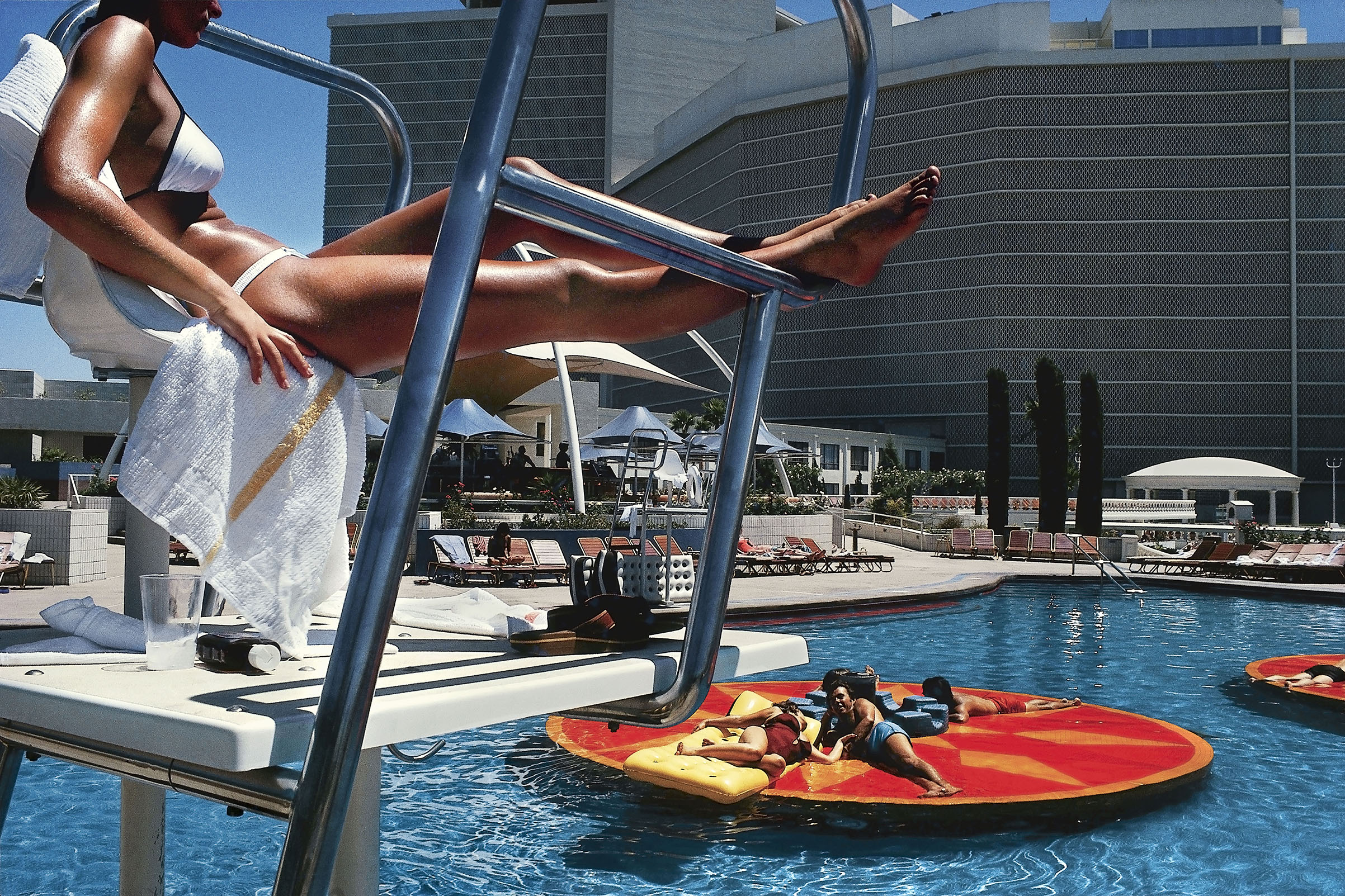Seeing Life On Both Sides
Two books of kodachromes from the 1980’s capture a photographic road trip where color is the destination
Photographs by Harry Gruyaert—Magnum Photos
Places can reveal themselves in unexpected ways. The burnt-orange of a car bonnet or the mint-green walls of a shopping mall can say as much about a society as the people who populate it. The world expresses itself through color – and few photographers have learned to speak its language as well as Harry Gruyaert.
In his latest book East/West, Gruyaert turned this sensual intuition to two dramatically distinct countries; Russia and the United States. The pictures were taken in Los Angeles and Las Vegas in 1981 and in Moscow eight years later and are an appraisal of a period where tension and turmoil pervaded. But it is the palette, not the politics, that Gruyaert studied.
Though Gruyaert does not regard himself as a photojournalist, the images are a prescient record of the time. “To me, good photography is not only very well composed but it says a lot about a particular place which has been photographed,” Gruyaert tells TIME. “Because with time there becomes different layers of understanding. Although I never think about that when I’m doing it, I just react physically to what I see.”
Gruyaert has no intention only reaction. “I believe very much in physical attraction. There are things which attract me and I attract things as well,” he says. “That’s really the magic of photography which really interested me; these mysterious moments and strange accidents and how certain people always attract the same situations.”
This innate, almost involuntary, instinct to photograph one scene over another is guided by his obsession with color. He was a dedicated disciple of Kodachrome film (until was discontinued in 2009) for its rich subtlety. “There is a depth of warmth in there which was in no other film,” he says. And if color can be “intelligent” then it has much to reveal in these photos. America’s story is told through the impossible blue of the swimming pool, the chintzy gold of a hotel lobby or the red rash of sunburn on naked skin. Gruyaert’s America is a carefree cacophony of joy, promise and loneliness.
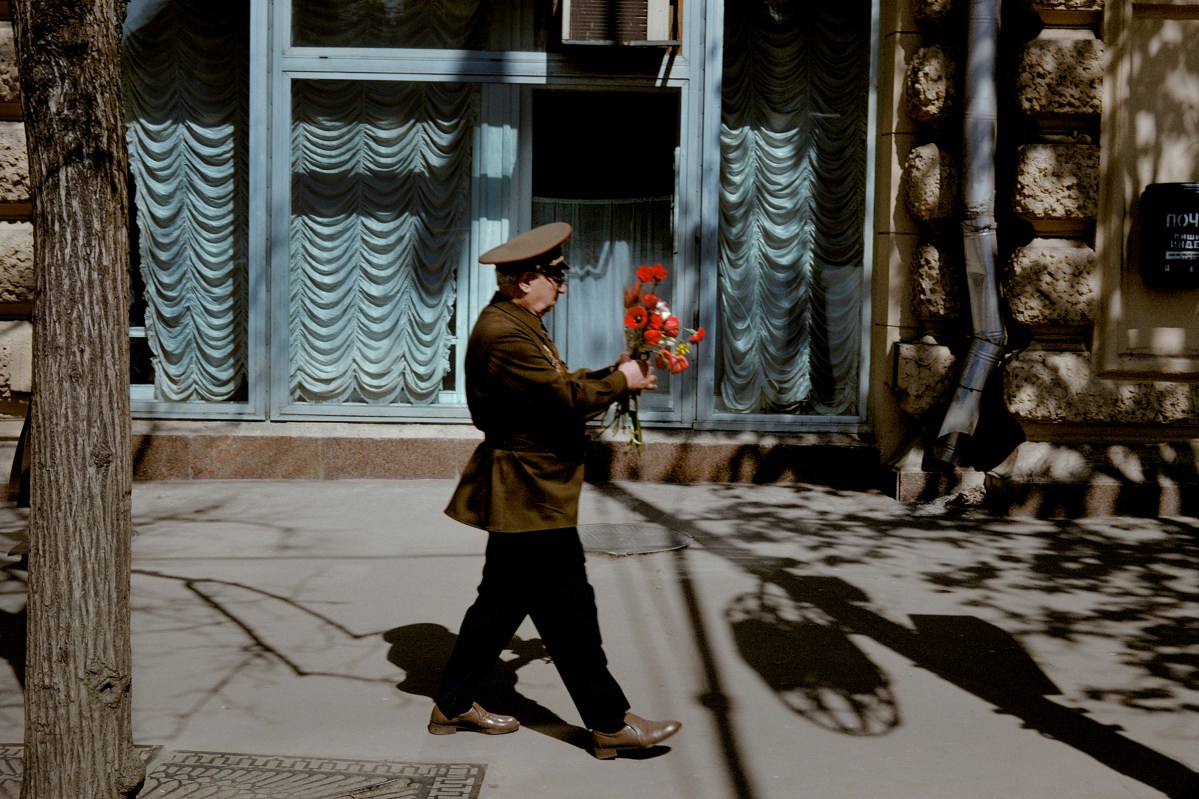
Russia, meanwhile, tells a quieter tale. ”It’s very exciting that I got a different palette there,” he says of Moscow’s pallid tones. “Like a painter you get a different set of colors.” The compositions are very different too; people – instead of objects – populate the frame. Indeed, he found Vegas much more lonely than Moscow; Russia is not a car country, society happens on the streets. “This was a very exciting period where everything was very much open,” he says. “I could walk into places, factories, anywhere, and nobody said no. Because they didn’t know anymore what to think; what was right and what was wrong.”
Though people are an element in most of the pictures, Gruyaert is not a humanist photographer. For him, humans are no more important than a streetlight or a striped sun umbrella. “It’s all part of the scene,” he says. “I’m very much interested in landscape, shapes, light. And people obviously play a role but they not necessarily my main interest; they are different textures.”
The mass of information, of small stories and big emotions all told in a single frame, gives Gruyaert’s work a filmic quality. And not by mistake; cinema has been a deep and constant influence throughout his career. “I’m a big fan of Antonioni and many other filmmakers,” he says. “I learn so much more from films and have much more admiration of cinema than I do still photography.” But the world he presents marries the two; the drama of cinema with the strangeness of everyday reality.



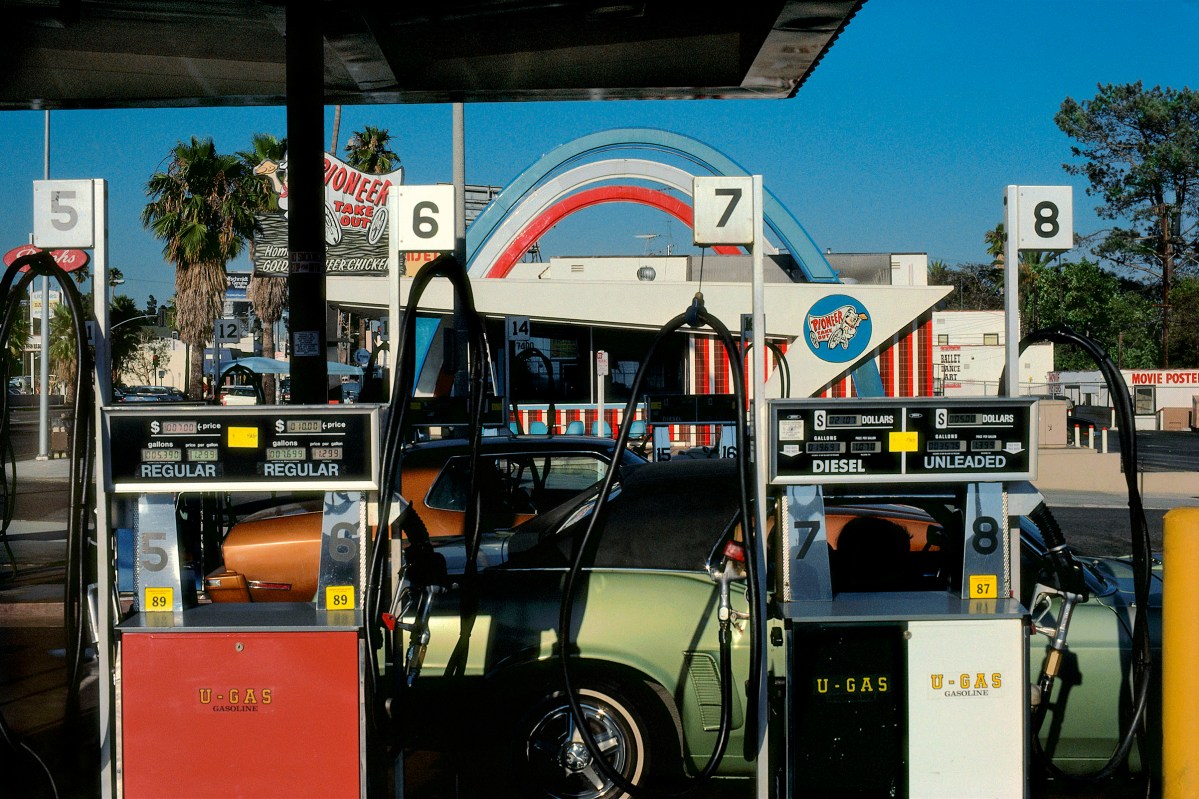












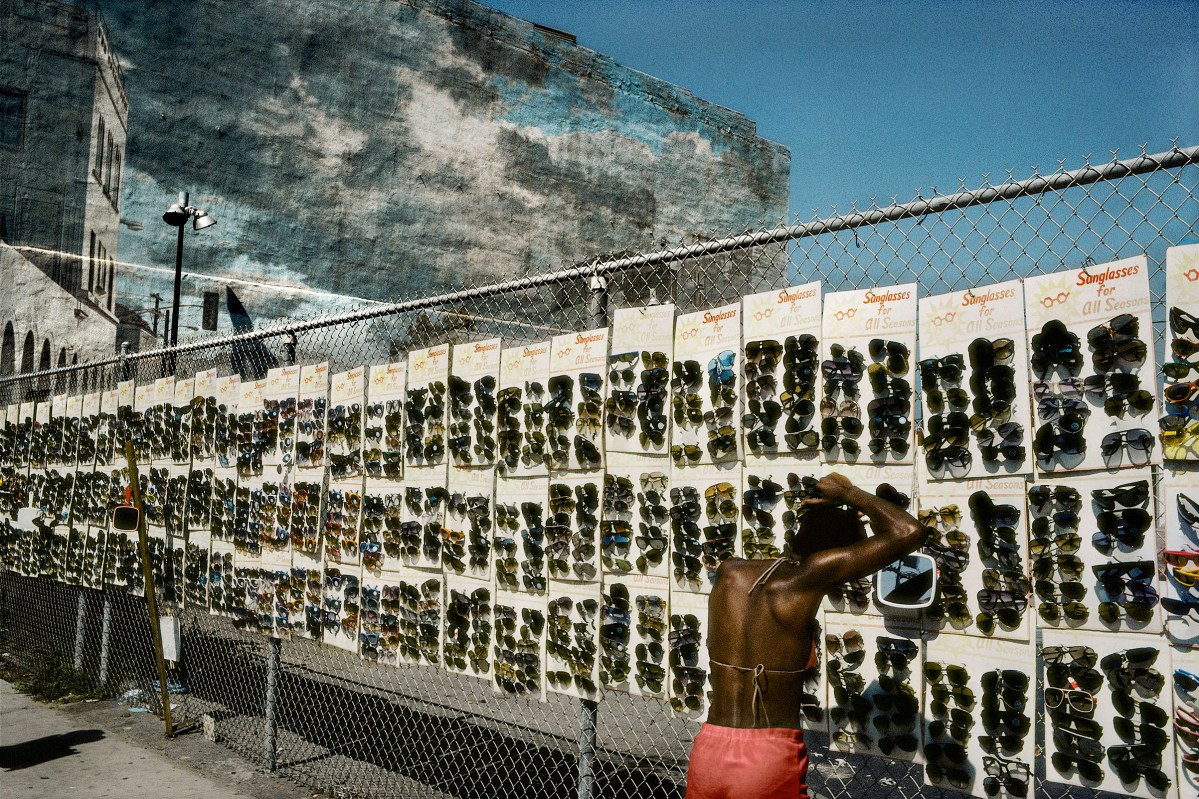


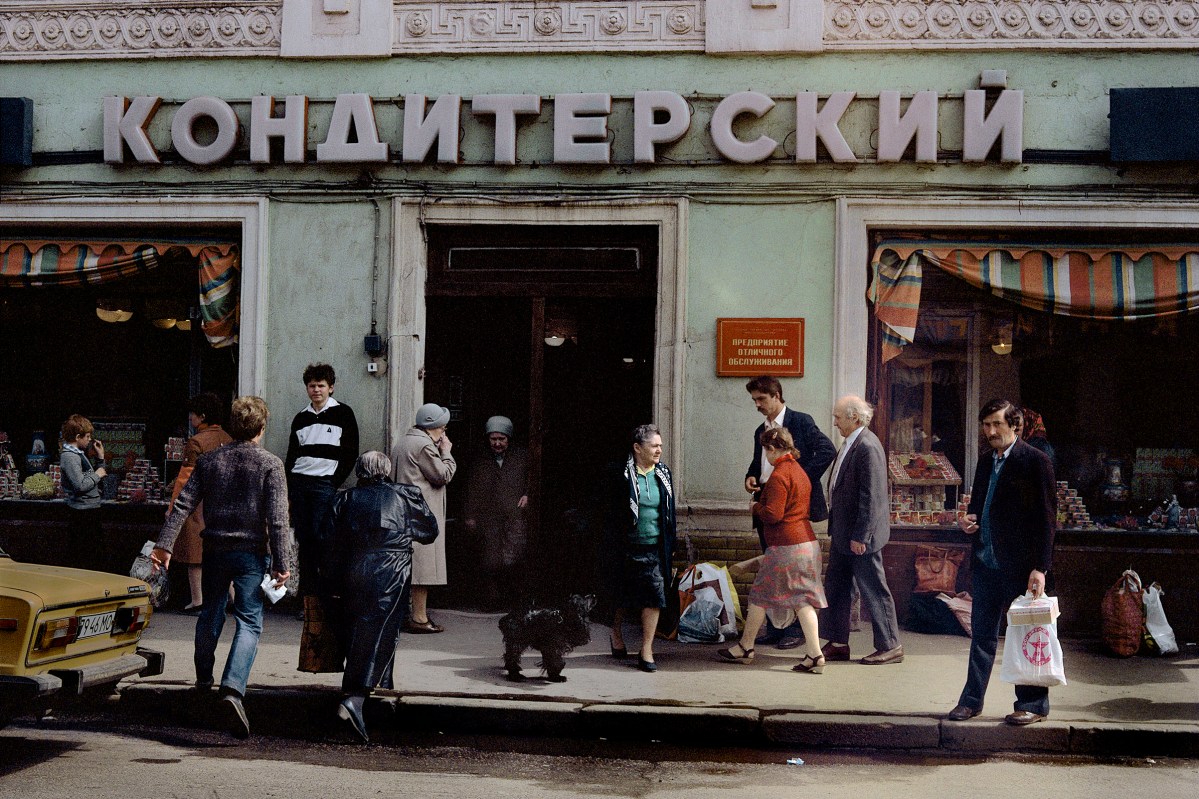


Harry Gruyaert is a photographer based in Paris and represented by Magnum Photos. East/West is published by Thames &Hudson.
Alexandra Genova is a writer and contributor for TIME LightBox. Follow her on Twitter and Instagram.
Paul Moakley is the Deputy Director of Photography and Visual Enterprise at TIME. Follow him on Twitter @paulmoakley.
